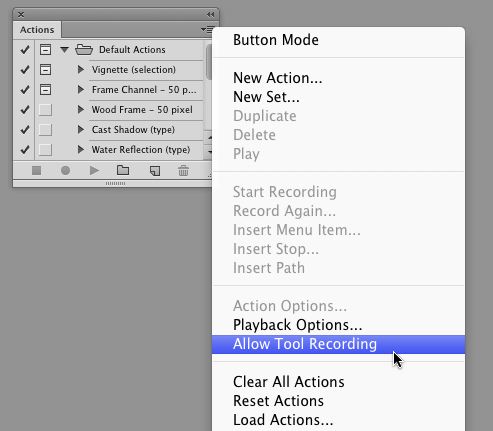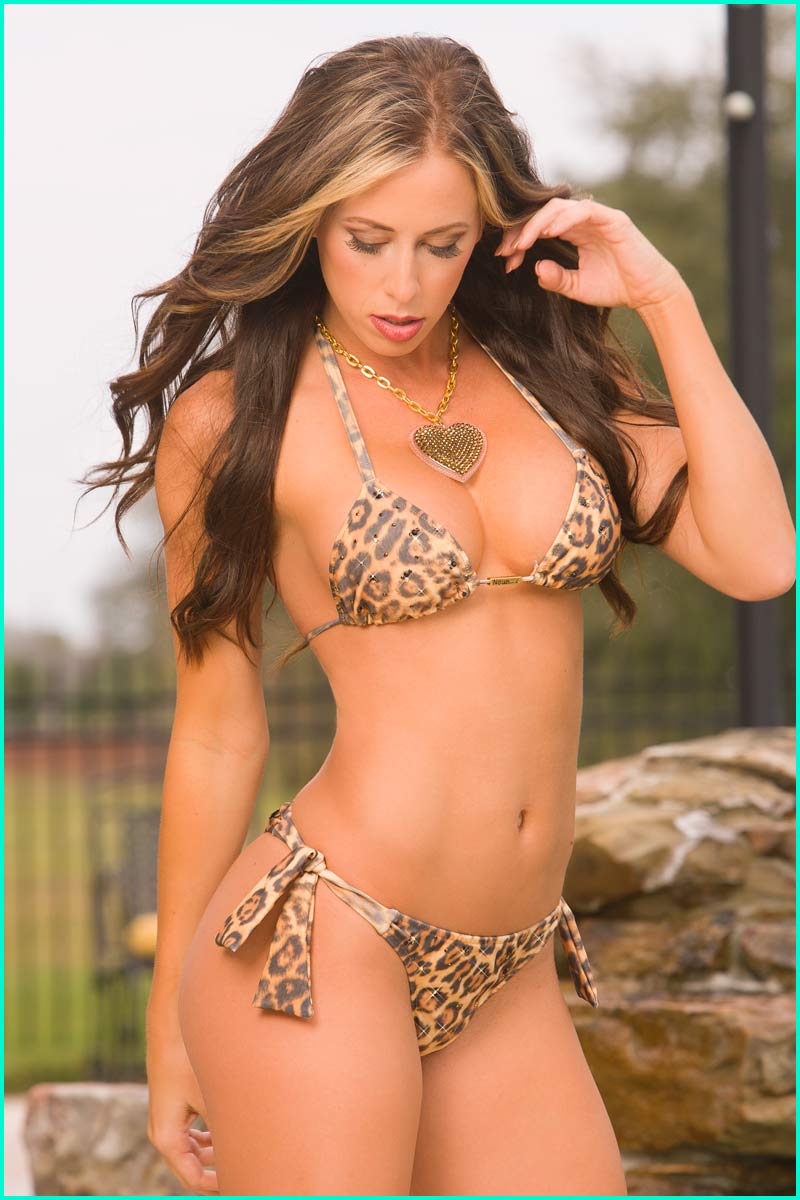I do, here is the link for you - There's actually some more recent shots on there, I just started using DA more and am gradually adding pictures until I get to the recent ones, so these on DA are actually older ones. For keen amateurs, PortraitPro Studio includes new Smart Filter functionality for Photoshop as well as handling RAW files directly and supporting different color spaces. PortraitPro Studio Max has an automatic batch mode to process a whole photo shoot with just a few clicks. The Isuzu D-Max and MU-X twins are popular amongst the 4X4 fraternity because of the simple, hard-working engine and reliable mechanicals. But, it’s not all smooth sailing, here are some of the problems and solutions we’ve heard about. Dec 04, 2014 New Oil Paint filter in Photoshop CC 2015. 13:55 (3) Lesson In PhotoShop - How To Install And Use Filters Topaz In PhotoShop. Photoshop Lessons.
Which Tool to Use – Smudge or Mixer Brush?

I ran across an old tutorial that was in the very first Photoshop Creative magazine back in 2006. It was on how to create a digital painting by using the Smudge Tool. Well that was something I had to try out – couldn’t believe I had not tried this before! I really like the Mixer Brushes, which is what I usually use (see my blog Adobe Photoshop CS5’s Mixer Brushes). Once I started playing around with the Smudge Tool using different brushes and sizes and opacities, it was actually fun. My curiosity got the best of me and now I needed to know what IS the difference between the two tools – they create very similar results? I was able to find a reasonable answer on the Internet at Model Mayhem.com. Here is what they said:

“The Smudge Tool simulates the effect you see when you drag a finger through wet paint. The tool picks up color where the stroke begins and pushes it in the direction you drag……The Mixer Brush simulates realistic painting techniques such as mixing colors on the canvas, combining colors on a brush, and varying paint wetness across a stroke.”
I think this is a nice short explanation of what is happening. For my Peach Dahlia I found it was nice to use both tools. It seemed it was easier to blend colors with the Mixer Brush and then smooth edges and shape color using the Smudge Tool. The Photoshop Wow Book for CS3 and CS4 (still my favorite Photoshop book) had a nice section on painting with the Smudge Tool. They recommended using the Natural Brushes that come with Photoshop and start by using short strokes, which samples the color underneath more frequently. Then use a small brush size for detail.

Acrylic Paint
To create this image, first a blank layer was placed on top. Then these two brushes were used to paint: Mixer Brush – created tool preset brush with these settings: Stipple Dense 26 pixels from Natural Brushes set (Options Bar: No Current Brush Load, Load the Brush After Each Stroke, Wet 100%, Load 1%, Mix 91%, Flow 100%, Check Sample All Layers). Smudge Brush Tool Preset created using Stipple 54 pixels from Natural Brushes preset with Options Bar set to Mode Normal, Strength 78%, and Checked Sample All Layers. Be sure to save these brushes as Tool Presets so the Options Bar settings are retained – if just saved as brushes, the settings might not be correct. Also, note that if the Finger Painting box is checked in the Smudge Tool options bar, the smear stroke will start with the Foreground color. If turned off, the color under the cursor is sampled first. At 100% Strength, only the first color sampled is applied – at lower settings it fades out the first color and picks up the new one. Then I just alternated mixing and smudging until I liked what I saw. The last step involved adding three textures to the image to give a real painting look: the first one is a light gray canvas texture (I created it by taking a picture of a portion of the canvas on a large oil painting in my dining room – try this – you might really like the results) set to Soft Light at 53% opacity; next ShadowHouse Creations Old Photo 2 set to Overlay at 100% opacity – it provides the interesting edging on the image; and Flypaper Textures Aquaflora taster set to Overlay at 80% opacity. I painted out a little bit of the texture on the top two textures just to direct the eye to the center of the flower. A Curves Adjustment layer was added on top to give just a small contrast boost. Overall it was really fun to try out a new tool and learn something about it!…..Digital Lady Syd
Oil Paint filter is grayed out and disabled under Filter > Stylize
If Oil Paint is grayed out for you, try these steps:
- Make sure that your document is RGB. Oil Paint won't work on color spaces other than RGB (e.g. CMYK, Lab, etc.)
- If you're on Windows, make sure you're running a 64-bit OS with the 64-bit version of Photoshop. OpenCL requires 64-bit
- Make sure Use Graphics Processor is checked under Preferences > Performance
- Make sure that your video card driver is up to date with the latest from the vendor website.
Note: If your video card does not support OpenCL v1.1 or higher, you may need to purchase an upgraded video card that supports OpenCL v1.1 or higher to gain access to the Oil Paint filter.

Information about your graphics card can be found in Photoshop's Help > System Info dialog.
What Is Oil Paint
For more information about using GPU features in Photoshop, including Oil Paint, see Graphics processor requirements.
